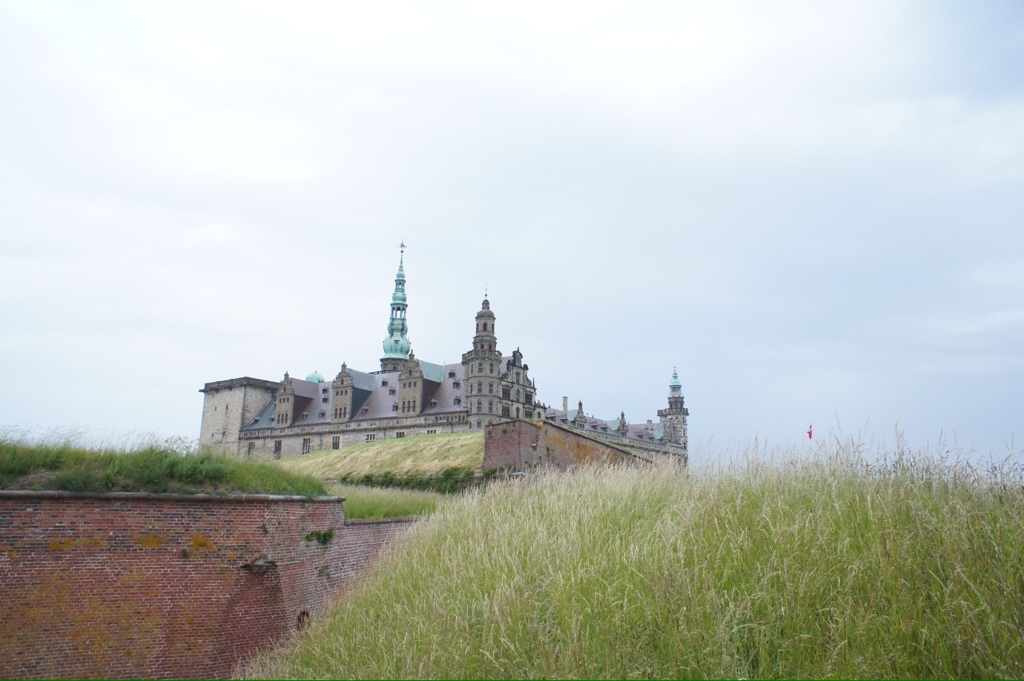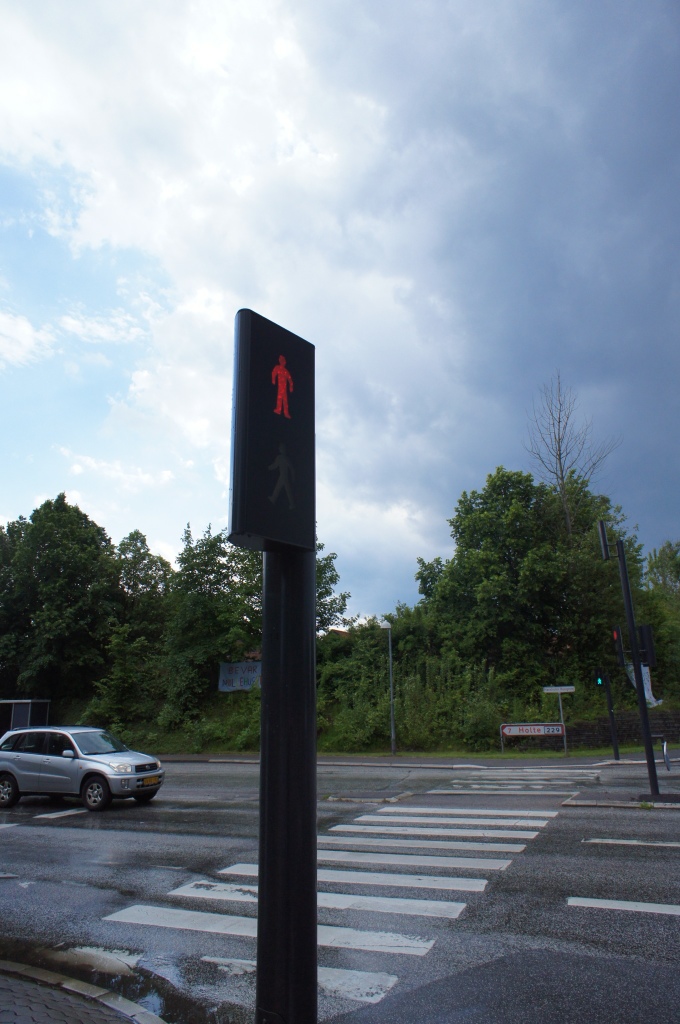 The very first impression of Denmark I got was the liberal alcohol policy. The harbour of Helsingør is full of liqour stores. Just like Tallinn, but with the considerably higher prices. There is no state monopoly on the sale of alcohol, you can buy hard liquor in conveninience stores at any time of the day. Apart from that Helsingør is a very enjoyable place with its oldschool pretty architecture, cobblestone streets and a medieval castle. It started raining the moment I stepped on Danish soil, soI had a lunch under a tree near the castle. Living the dream, man.
The very first impression of Denmark I got was the liberal alcohol policy. The harbour of Helsingør is full of liqour stores. Just like Tallinn, but with the considerably higher prices. There is no state monopoly on the sale of alcohol, you can buy hard liquor in conveninience stores at any time of the day. Apart from that Helsingør is a very enjoyable place with its oldschool pretty architecture, cobblestone streets and a medieval castle. It started raining the moment I stepped on Danish soil, soI had a lunch under a tree near the castle. Living the dream, man.
 After the mordor of Swedish west coast, the distance from Helsingør to Copenhagen was pure bliss. No wind, excellent cycling infrastructure, clear traffic signs, subtle hills, which make you feel like going downhill in both directions and well-famous industrial design. How about modern looking traffic lights as if they were designed in The Infinite Loop, California? Or a water/heat/something station, where a bunch of rusty tubes were put under transparent glass, making an impression of a modern art installation. Lamp posts, trash cans all show the signs of careful design. Postmodernism at its best, except here it serves a concrete function. Just lovely. Things changed after I had left Copenhagen, though. Roskilde is a rather forgettable place, apart from the church and the festival. Køge was next on the agenda. Small, provincial and full of old buildings, including the oldest building in Denmark, built in 1524. I went to Møn to see unique white cliffs, but found brutal wind instead. Ten kilometres and one lunch later, I made a decision to turn back and head straight to Germany. This time the wind was on my side, and fueled by sugar and fat I kept going the steady 30km/h, twice as much as to the opposite direction. It was a glorious evening. Sometimes quitting is the right choice.
After the mordor of Swedish west coast, the distance from Helsingør to Copenhagen was pure bliss. No wind, excellent cycling infrastructure, clear traffic signs, subtle hills, which make you feel like going downhill in both directions and well-famous industrial design. How about modern looking traffic lights as if they were designed in The Infinite Loop, California? Or a water/heat/something station, where a bunch of rusty tubes were put under transparent glass, making an impression of a modern art installation. Lamp posts, trash cans all show the signs of careful design. Postmodernism at its best, except here it serves a concrete function. Just lovely. Things changed after I had left Copenhagen, though. Roskilde is a rather forgettable place, apart from the church and the festival. Køge was next on the agenda. Small, provincial and full of old buildings, including the oldest building in Denmark, built in 1524. I went to Møn to see unique white cliffs, but found brutal wind instead. Ten kilometres and one lunch later, I made a decision to turn back and head straight to Germany. This time the wind was on my side, and fueled by sugar and fat I kept going the steady 30km/h, twice as much as to the opposite direction. It was a glorious evening. Sometimes quitting is the right choice.
Lolland had nothing interesting to offer except the fascinating name. Pity. The further south I went, it turned more provincial. Infrastructure showed slight signs of decay and no hints of the wonders of the capital area. At some point it started looking like half-assed rural Germany. The south was pedalled through very quickly indeed aided by the tailwind, high prices and the lack of anything remotely interesting to see.